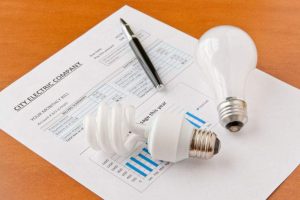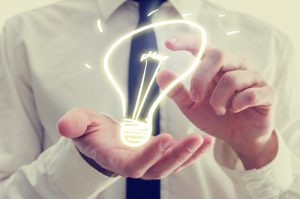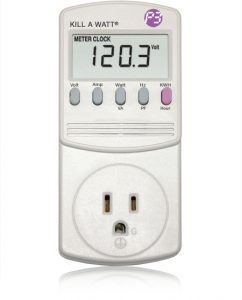Understand Time of Day (TOD)/Time of Use (TOU) tariff structure and how it impacts customers
In India, Time of Day (TOD) tariff that was used mostly for industrial sector is now slowly being introduced for commercial sector as well. Recent news articles in some of the leading newspapers in India suggest that utilities are contemplating implementing time of day tariff for commercial customers (along with the industrial customers in State where it has not been introduced so far). Some states have already implemented it and others are planning. And as the demand for electricity is increasing every day, the day is not far when the residential customers might also see the same. So if you have an office or own a small business, this change in tariff can surely impact your electricity bill. It may present a chance to you to reduce your bill by altering the way you consume electricity in your office.
What is Time of Day structure?
Time of Day (or TOD) tariff is a tariff structure in which different rates are applicable for use of electricity at different time of the day. It means that cost of using 1 unit of electricity will be different in mornings, noon, evenings and nights. This means that using appliances during certain time of the day will be cheaper than using them during other times.
Why Time of Day structure?
Electricity grids can be compared to road or highway that can accommodate only a certain number of vehicles at a time. During peak hours highways are jammed, similarly during peak hours, electricity grids are jammed. Drive on highway during off peak hours is like a breeze, similarly flow of electricity during off peak hours is a breeze. What if people are charged differently for using highways during different times and also charged as per size of their vehicles. People with either prefer to go through highway at a time when traffic is less (off peak) or would like to use a two-wheeler. Similaly, with TOD tariff, people will either switch to a time when prices are less or will start using efficient appliances (with lesser electricity consumption).
Electricity consumption is increasing drastically and the production is not growing up at that pace. Shortage of fuel (coal) adds to the problem. To make sure that there is sufficient supply for the demand, utilities have to make sure that they help their customers manage their power consumption. It is not that they reduce their profits by helping customers reducing consumption, but they do this to make sure that they are able to supply electricity to all customers as per their demands. Problem that utilities face is of peak power demand. There are certain times in the day when the demand for electricity is at its peak. During these times, utilities have to purchase power at very high cost, much higher than the price paid by consumers. To reduce the peak power demands there are two options: Either they reduce the power demand at the peak hours or overall reduction in power demand.
Time of Day tariff is implemented to reduce consumption of electricity during peak hours. To do this, electricity is made expensive during peak hours so that consumers use less of it. Utilities also reduce the electricity charges during off peak hours as an incentive for people to use electricity during the off peak hours.
What other initiatives do utilities take to reduce consumption during peak hours?
Utilities run initiatives called DSM (Demand Side Management) to manage and modify customers’ electricity consumption through initiatives and education to customers. As part of this initiative, utilities offer discounts on energy efficient appliances, help customers in electricity consumption monitoring and also educate customers on saving electricity. Check our Rebates and Deals section to see if there is any program run by your utility in your area: https://www.bijlibachao.com/Rebates-Deals/Private-Programs/.
Source of Information:
About the Author:
Abhishek Jain is an Alumnus of IIT Bombay with almost 10 years of experience in corporate before starting Bijli Bachao in 2012. His passion for solving problems moved him towards Energy Sector and he is keen to learn about customer behavior towards Energy and find ways to influence the same towards Sustainability. More from this author.






